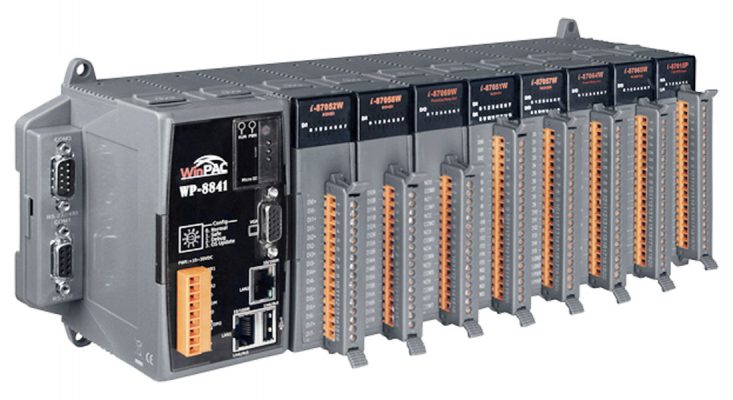PLC and PLC-based PACs Adapt to the Challenges of Industrial IoT
New ARC Advisory Group research on the global PLC and PLC-based PAC market reveals that PLC and PAC continue to be the preferred choice among machine builders and end users. PLCs and PLC-based PAC Market Research study delivers current market analysis plus a five year market and technology forecast. The study is available in multiple editions including worldwide, all regions, and most major countries.
PLCs and PACs
PLCs and PACs continue to be the preferred choice among machine builders and end users not just for machine control, but increasingly in process and infrastructure applications. Based on established industrial technology, PLCs are valued for their speed, repeatability, reliability, and ease of deployment and maintenance.
The Industrial Internet of Things (IIoT) is changing how industrial processes are controlled and monitored. But PLCs are growing with and adapting to the new challenges rather than being replaced by alternate technologies. PLCs have gained a lot of speed and new functionality in the past decade, allowing some users to switch to a PLC that is one size smaller. This tactic is especially popular with cost-conscious machine builders, and is changing the market dynamics.

The market contracted slightly in 2019 after two strong years of growth, and is taking a strong hit in 2020 due to the coronavirus.
The PLC and PLC-based PACs market, including hardware, software, and services, is mature and established. But there is a lot of innovation at the “industrial edge” where automation technology meets the Internet of Things. Pre-coronavirus growth was stable and predictable as automation technology found its way into various new applications.
The market is expected to rebound in the post-coronavirus world. But the recovery will take on different characteristics depending on the region and industry. One can expect to see a boost in investment in “smart and connected” manufacturing equipment by manufacturers looking to get a leg up on the competition as markets recover.
Programmable Logic Controllers (PLC) Strategic Issues
In addition to providing a five-year market forecast, the PLC and PLC-based PACs market research provides detailed quantitative current market data and addresses key strategic issues as follows.
- The trend toward Industrial IoT-capable PLC systems is changing the role of PLCs in automation architectures. Virtualization and edge computing are exerting influence on the shape of future automation architectures, and industrial 5G will also drive this evolution. Cloud connectivity and linking to Industrial IoT platforms are becoming “must haves.” As architectures evolve, PLCs will connect to edge devices with cloud connectivity. On the other hand, PLCs may become edge devices themselves.
- The need for flexible machinery and data transparency is driving demand for smart sensing devices. This in turn is growing demand for more input and output channels. However, as software becomes a larger part of automation solutions, PLC selection criteria are emphasizing software and services.
- Modular type package (MTP) is an emerging concept for process industries. The NAMUR organization is working to standardize modular architectures for production units. They allow users to scale their production capacity up and down according to changing needs. The modularity of machinery and process plants will shift demand toward smaller controllers, favoring PLCs.
- The COVID-19 pandemic will set the market back to a large extent in 2020. Yet the study includes an updated forecast that reflects how and when ARC expects the PLC market to recover in the coming years.
Source: Automation


 Tiếng Việt
Tiếng Việt
